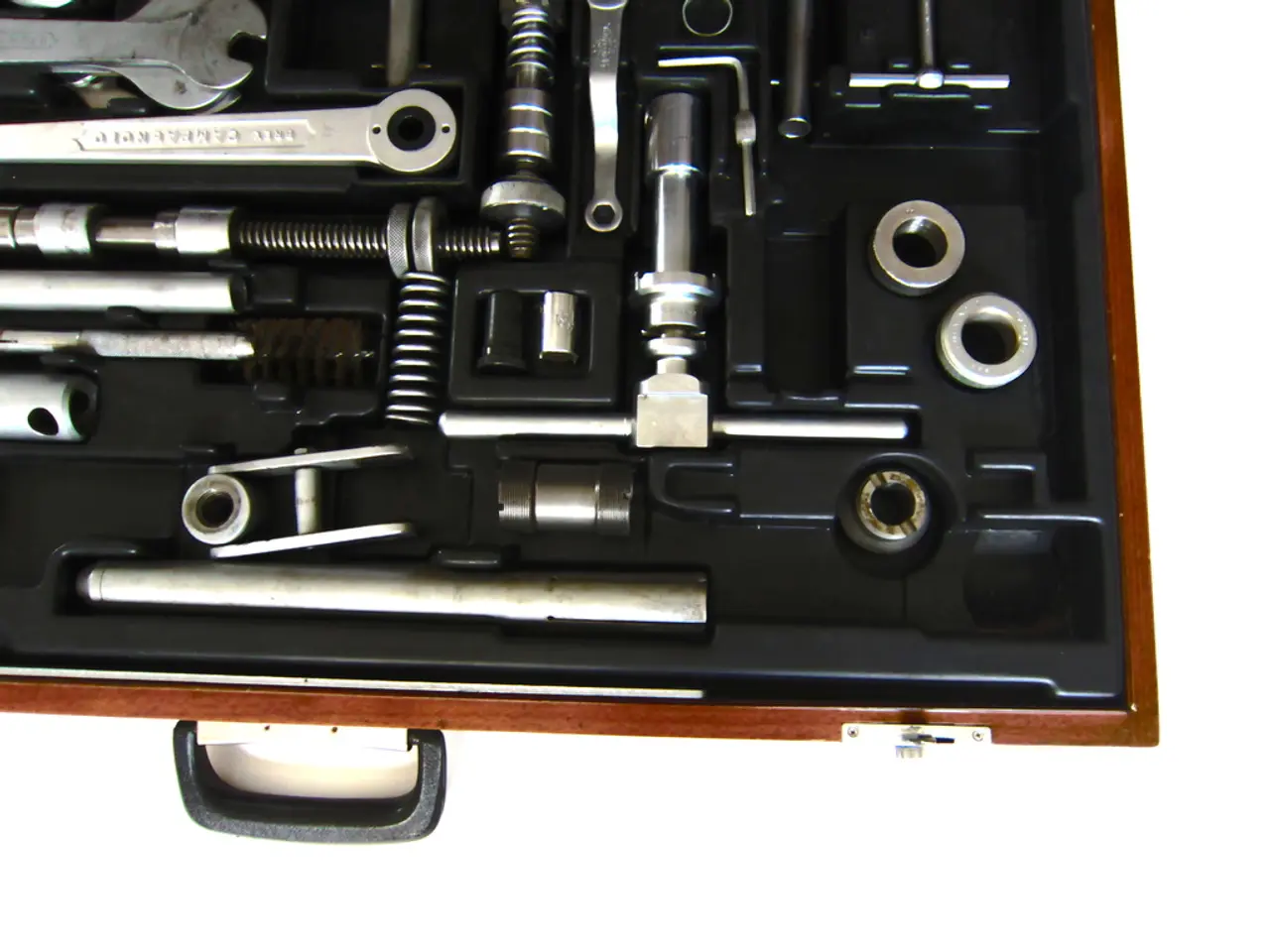Designing User Experience Prototypes: an In-Depth Guide
The Importance of Wireframes, Mockups, and Prototypes in UX/UI Design
In the realm of UX/UI design, three key deliverables play a pivotal role in shaping the final product: wireframes, mockups, and prototypes. Each serves unique purposes at different stages of the design process.
Wireframes are basic layouts outlining the structure, hierarchy, and functionality of a product’s interface. They focus on what the product will do rather than its visual style. Wireframes can be low-fidelity (very simple) or high-fidelity (more detailed, closer to the final layout but usually not interactive). They are used in the early stages to brainstorm ideas, map user flows, and gather quick stakeholder feedback without distraction from design details.
Mockups are static, detailed visuals that show how the final product will look, including colors, fonts, images, icons, and branding. They convey the visual design but are not interactive. Mockups help the team and stakeholders review, analyze, and iterate on the product’s aesthetics and visual consistency before development.
| Aspect | Wireframe | Mockup | Prototype | |------------------|----------------------------------------------|-----------------------------------------------------|------------------------------------------------------------| | Definition | Basic sketch showing structure and function | Detailed static visual of final look | Interactive model demonstrating navigation and use | | Purpose | Early feedback on layout and user flow | Visual review and design feedback | Usability testing and experience validation | | Visual Fidelity | Low to high fidelity; usually grayscale | High fidelity with colors, fonts, images | High fidelity with clickable, interactive elements | | Interactivity | Usually static | Static | Interactive; simulates user interactions | | Role in Process | Early exploratory and conceptual design | Visual design refinement before development | Testing, validation, and final feedback |
Prototypes are interactive models that simulate user experience, ranging from low-fidelity click-throughs to high-fidelity near-functional replicas of the final product. Prototypes enable usability testing, validation of ideas, and collection of user or stakeholder feedback on navigation, interaction flow, and overall experience before or during development. Unlike wireframes and mockups, prototypes respond to user input to mimic real usage scenarios.
Mockups build on wireframes by adding high-fidelity visuals, including colors, typography, and branding elements. They polish the visual design for review, while prototypes enable interactive testing of user experience before final development.
UX mockups are crucial in web design as they display the intended end design aesthetic goals and visions. Tools like Balsamiq, MockFlow, and Axure RP each have unique advantages that fit into various phases of UX design development.
Starting with a wireframe is an essential step in creating a UX mockup, as it provides a basic structure and layout for the design. Mockups should include visual design elements, layout and spacing, content placement, interface components, and brand elements to provide coherence in the design and increase user satisfaction.
Low-fidelity mockups are very simplistic sketches that convey essential features of the general layout and framework. They help designers test their work to the best of their ability so that the design’s end use is efficient and effective. High-fidelity mockups are close to how the actual end product will look, taking into account more advanced and detailed aspects of the design.
Mockups allow designers to focus on the design and its details while moving into the building phase with specified guidelines. They facilitate a smoother transition into the development phase by offering a detailed visual reference that developers can follow.
Incorporating mockups into the overall UX/UI design process helps the designer present their ideas more clearly and receive responses and criticisms from stakeholders while avoiding mistakes before the design process starts. The use of mockups in the UX design process enhances teamwork, time effectiveness, and the focus on end users, resulting in a more effective project life cycle.
Using mockups in the UX design process improves stakeholder communication, enables user testing and feedback, encourages design iteration, eases development handoff, and is cost-effective in terms of changes. The MacBook Pro Screen Mockup, iPhone Mockup, and The Fashion Shopping App UX mockup showcase the versatility and usefulness of mockups in various design contexts.
Technology plays a significant role in enhancing the UX/UI design process by providing tools for creating wireframes, mockups, and prototypes. These digital aids allow designers to create visually appealing designs and test user interactions, ultimately leading to more effective and user-friendly products.
Wireframes, mockups, and prototypes are essential tools in the UX/UI design process that leverage technology to improve collaboration, streamline development, and ensure a smoother project life cycle.




